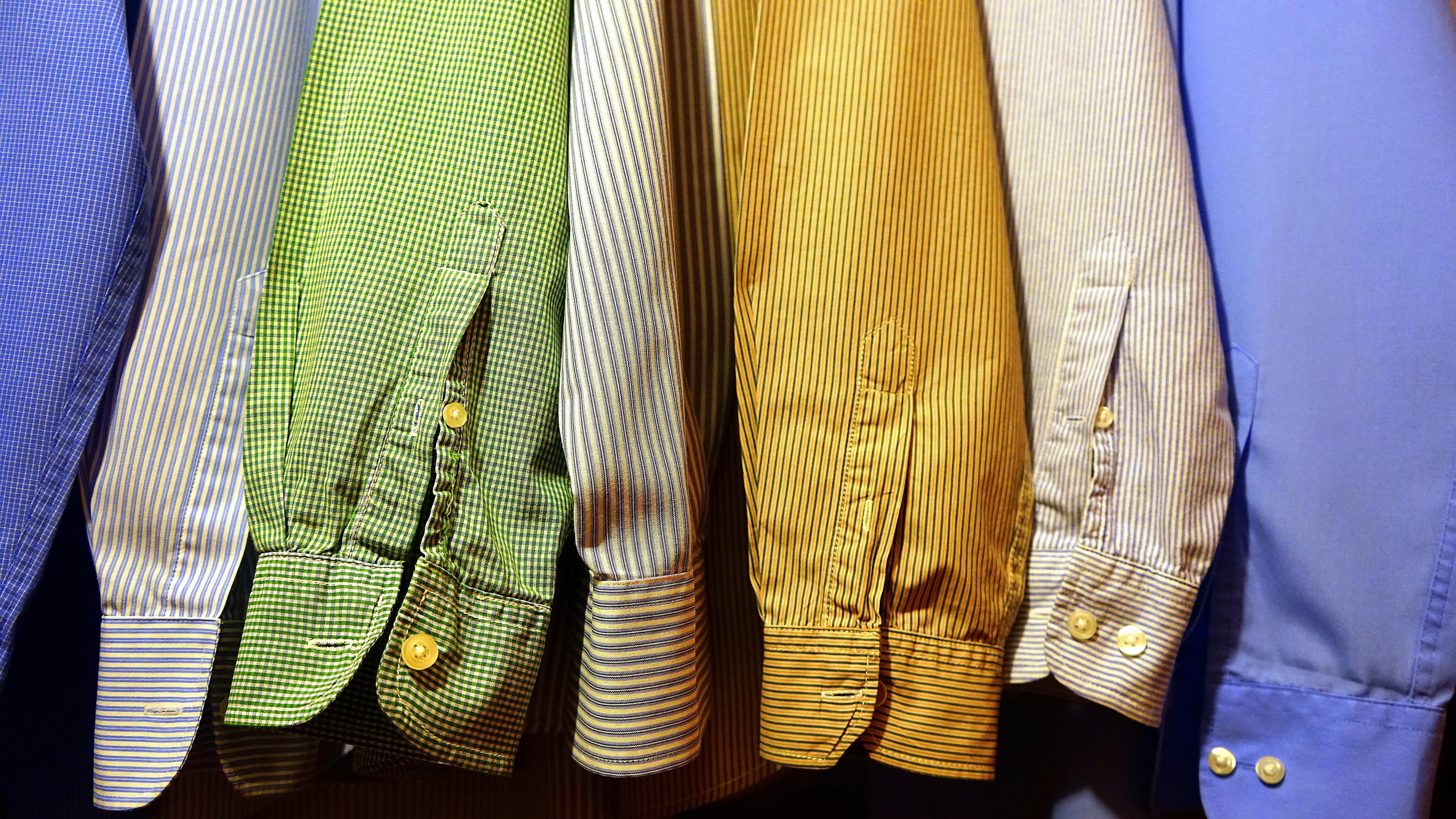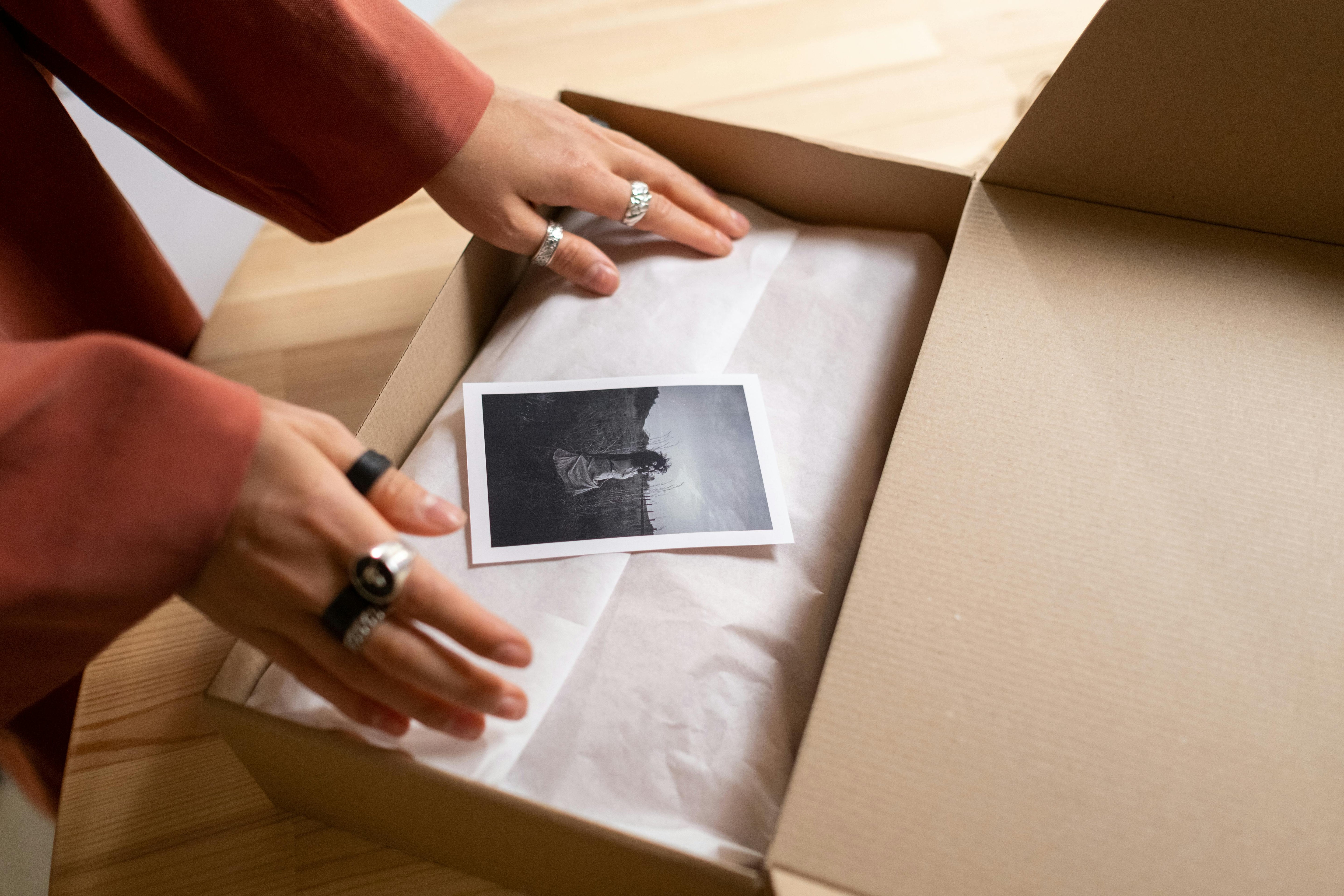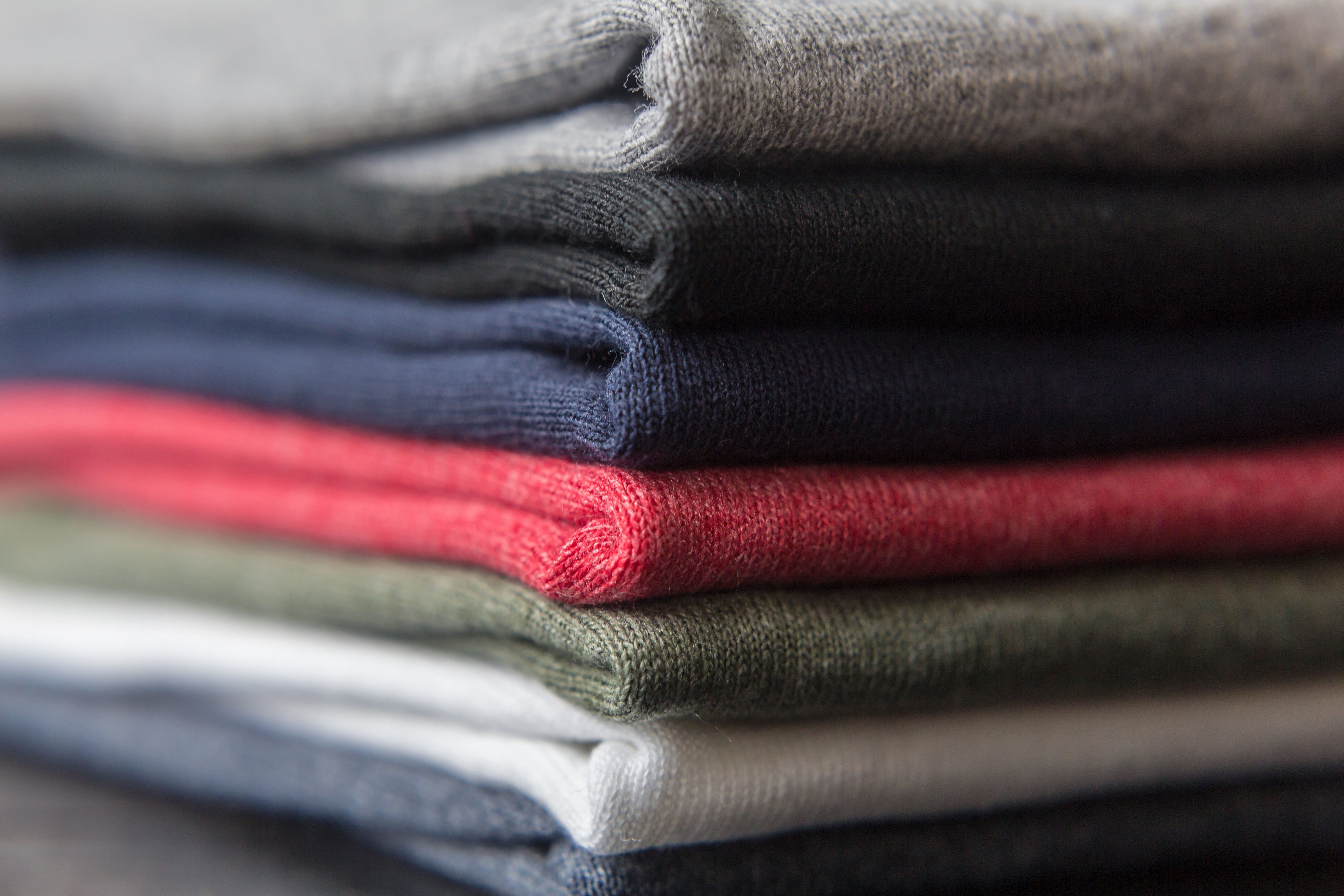What people don’t realise about “good” dry cleaning

Most people think dry cleaning is just about “getting the stains out.”
But good dry cleaning, the kind we do at Peters’, is far closer to restoration work.
When a garment arrives, we don’t just see a spot on fabric. We see structure, composition and chemistry at play. The weave, the fibre, the finish, the colour stability- they all determine how that piece can be safely cleaned. And when it comes to stains, not all are created equal.
The science behind stain removal
Every mark has a story and a chemical makeup.
Protein-based stains like blood, milk or sweat behave very differently from oil-based stains like makeup, salad dressing or engine grease. Add in dyes, tannins or synthetic fibres, and suddenly that “small mark” becomes a small science experiment.
That’s where experience matters. Our team know exactly how to identify the type of stain, how long it’s been there and what kind of treatment it needs. Some respond to enzymatic solutions that break down proteins; others require controlled temperature, pH, and time. And occasionally, it means standing over a sleeve with a steam gun, magnifying glass and stubborn patience until the job’s done properly.
This is why we talk about craftsmanship and science in the same sentence. One without the other doesn’t work.
The quiet work of care
To most people, a good clean means something looks new again.
To us, it means it stays wearable for years.
The best cleaning protects fibres and colour, strengthens seams and removes residues that would otherwise age the fabric. That’s what extends a garment’s life.
Fast fashion might not care about that. We always have.
And that’s what makes Peters’ a bit different: we still treat every item like someone might love it enough to hand it down.
The Peters’ 7 Stages of Cleaning
We’ve spent over sixty years refining the process that keeps clothes looking their best. Every single item, from a favourite coat to a silk dress, goes through our seven meticulous stages.
1. Detail
Every garment is examined before cleaning to spot damage, loose stitching or weak seams. If we see something that needs attention, we’ll let you know and offer to repair it.
2. Prepare
We pre-treat stains individually, using the right solution for the right fibre. Protein stains need one approach, oil stains another. Buttons and delicate trims are protected before anything goes near a machine.
3. Clean
Cleaning is about control: temperature, time and chemistry. We follow care labels carefully but rely on our experience too. If there’s a risk of colour transfer or fabric stress, we’ll talk to you before we proceed.
4. Press
After cleaning, pressing restores structure and shape. We use specialist equipment and decades of technique to achieve crisp seams, even linings and perfect creases. Our longest-serving presser has been doing this for more than 40 years and it shows.
5. Quality Control
Every item gets a second check by another team member. We re-treat stubborn marks and make sure each piece leaves us at the same high standard: not just clean, but Peters clean.
6. Hand Finish
Final touches matter. Woollens are de-bobbled, fur collars groomed, and fluff removed. It’s what turns “freshly cleaned” into “beautifully cared for.”
7. Pack
Each item is wrapped in acid-free tissue and boxed in environmentally friendly packaging. It protects fabrics from moisture and light and keeps everything perfect until it’s ready to wear.
The difference you can feel
Good dry cleaning is quiet science. It’s knowing the chemistry, respecting the fibre and taking the time to get it right.
When your clothes come back looking and feeling like new, soft, structured, comfortable, that’s the result of decades of learned precision.
So yes, we still spend far too long with steam guns, stain charts and magnifying glasses. Because that’s what it takes to do things properly.
At Peters’, we don’t just remove stains.
We restore what you love, one garment at a time.


